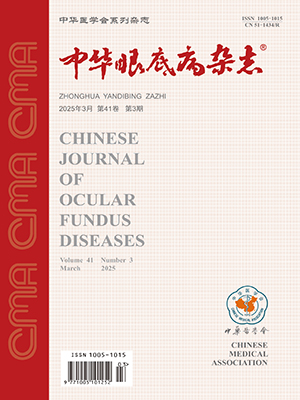The clinical manifestations of infectious retinal diseases are complicated, especially these result from serious infectious diseases such as acquired immune deficiency syndrome (AIDS), tuberculosis and syphilis infections. It is an important issue to differentiate infectious retinal disease from noninfectious intraocular inflammation in the clinic. It is, therefore, highly desirable to follow a proper steps to reach the correct diagnosis. Complete history review and comprehensive ocular examination remains the first step in diagnosing infectious retinal diseases. Although an array of laboratory and serological tests are available to assist in the diagnosis, some situations may require a diagnostic therapy or a tissue biopsy. Identification of the pathogen and histopathologic examination of the ocular specimen remain to be the gold standard of diagnosis. Initiation a specific and appropriate antimicrobial therapy needs multidisciplinary collaborations including ophthalmologists and infectious specialists. Updated knowledge of general medicine and management of infectious diseases, interdisciplinary collaborations and optimization of treatment processes will improve the diagnosis and treatment of retinal infectious diseases in the future.
Citation: Qing Chang. Some specific issues in the diagnosis and treatment of infectious retinal diseases. Chinese Journal of Ocular Fundus Diseases, 2012, 28(6): 552-554. doi: Copy
Copyright © the editorial department of Chinese Journal of Ocular Fundus Diseases of West China Medical Publisher. All rights reserved




